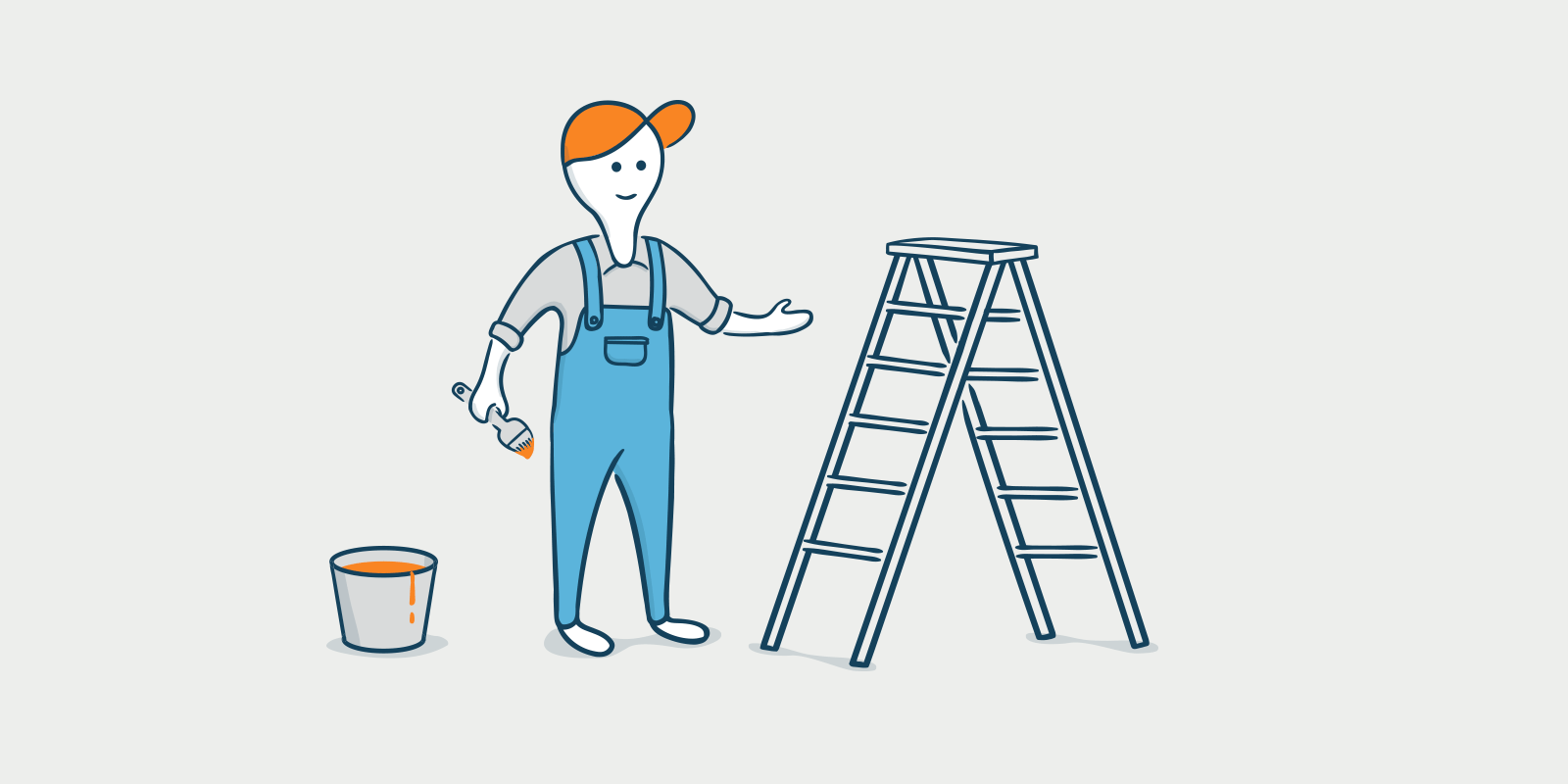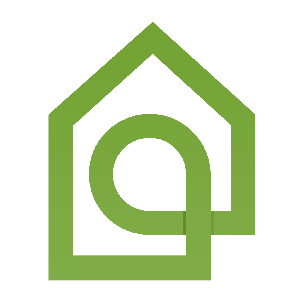
If you recently purchased a buy-to-let (BTL) property, you’re probably projecting just how much rental income you’ll generate over the next few years. However, the work’s just getting started.
As any experienced landlord knows, managing repairs and renovations is key to keeping tenants happy and profits flowing. But how should you go about it?
Should you tackle repairs yourself or hire out?
How should you budget for renovations and upgrades?
How do you plan to minimise vacancies?
Relax, we’ve got your back. In this article, you’ll learn key landlord property maintenance strategies to keep your property well-maintained without breaking the bank. From prioritising critical systems to spacing out improvements, you’ll learn the ins and outs of property management from landlords who have been there.
Understanding your responsibilities for rental property maintenance
You must know landlord and tenant responsibilities as a BTL landlord. As a landlord, you’re responsible for repairs and keeping your rental property in good working order.
Your responsibilities include:
1.Structural and systems maintenance
Landlord property maintenance services include fixing any structural damage, such as cracks in walls or foundations, and maintaining essential systems like plumbing, heating, smoke alarm batteries, hot water systems, and electrical. If something breaks or stops working, you’ll need to call in a professional to repair or replace it.
2.Preventing and fixing pest problems
A landlord is responsible for pest control in rented properties. You’ll want to take steps to prevent infestations of rodents, cockroaches, bedbugs, and other critters in your rented home. But if pests do get in, you’re responsible for eliminating them, which often requires professional exterminators.
Good to know
If your BTL will be vacant or unfurnished during renovation, make sure to apply for Landlord Council Tax exemption from your local council to minimise your tax burden.
You should also include tenant responsibilities for repairs in your tenancy agreement so that they know when it’s their responsibility to repair damage.
Owning investment property definitely comes with responsibilities. But with the right processes and tools in place, staying on top of maintenance and repairs for your rental units can be a breeze. Continue reading for more tips to ensure a proactive approach to landlord property maintenance.
Creating a proactive maintenance plan
If you want to avoid emergency repairs and keep tenants happy, a proactive maintenance plan is key. This means inspecting properties regularly, identifying any issues early, and fixing them before they become big problems.
1. Create routine inspection and maintenance
A good plan starts with routine inspections, say every 3–6 months. Walk through each unit and note any signs of damage or wear and tear. Check that appliances, HVAC systems, plumbing fixtures, and the roof are all in working order. It’s much easier to replace a leaky washer now than to deal with water damage later!
2. Prioritise your repairs
Once you’ve identified issues, prioritise repairs. First, fix problems impacting health, safety or tenant comfort. Then, deal with less urgent but still important projects.
Group similar tasks together where possible to minimise costs. And don’t forget preventative maintenance like gutter cleaning, vent duct servicing, or repainting exterior wood trim.
3. Stay on top of repairs
The key is to stay on top of repairs and not let your to-do list get out of control. A property management software like Rentila can help keep you organised by allowing you to schedule and track maintenance tasks.
You’ll also get reminders for follow-ups and re-inspections so nothing slips through the cracks.
Tackling repairs and renovations systematically will make your life as a landlord so much easier. Your tenants will appreciate living in well-maintained units, and you’ll avoid expensive emergency calls and the costs of deferred maintenance.
However, the cost of rental property maintenance can be huge if not planned properly, so you need to outline a clear budget.
Establishing a repair and renovation budget
Outlining a realistic budget for repairs or renovations to your rental properties is essential as a landlord. This will help ensure that costs don’t spiral out of control and cut into your profits.
Here are some tips:
1. Determine renovation costs
The first step is deciding what needs to be repaired or replaced and the potential costs. This includes things like new flooring, plumbing fixtures, kitchen cabinets, exterior paint, etc.
Get estimates from multiple contractors to determine average renovation costs. Focus on those with the biggest impact, like a new kitchen or bath and consider DIYing what you can, like interior painting, to save money.
2. Set a maximum budget
Once you know potential costs, determine what you can afford to spend while still making a good return on investment (ROI). Aim for renovations that will increase rent and property value. As a rule of thumb, prioritise renovations that cost no more than 10–15% of the property’s total value.
For example, if the property is worth £200,000, budget £20,000–£30,000 for renovations.
3. Factor in maintenance costs
Don’t forget ongoing maintenance costs in your budget. As a landlord, you’re responsible for expenses like heating, plumbing, and roof repairs. Set aside enough each month to cover any emergencies.
It’s a good idea to budget about 10% of rent per year for maintenance and repairs. For example, if rent is £1,000/month, budget £1,200 annually for maintenance.
4. Consider financing options
If needed, explore financing options to help fund renovations, like personal loans, home equity loans, or renovation mortgages. Compare interest rates and terms to find one that suits your needs. Make sure the increased rent will cover any new loan payments. Financing major renovations allows you to keep more cash on hand for other expenses.
With a realistic budget and financing in place, you’ll feel more in control of your rental property and confident in your ability to turn a profit. Managing rental property maintenance costs is key to being a successful landlord. Stay on top of repairs and budget wisely for renovations that maximise value. Your tenants will appreciate living in a well-maintained home, and you’ll reap the rewards of higher rent and property value.
The last piece to successfully managing renovations and repairs is maintaining good communication with your tenants on any upcoming repair or renovation work. More on this below!
Communicating with tenants about repairs and renovations
It’s important to keep the lines of communication open with your tenants, especially when repairs or renovations are needed. Rentila is a property management software that makes it easy to stay in contact with your tenants.
Here are some considerations for maintaining great communication with tenants:
1. Let tenants know about scheduled work
If you plan routine maintenance, inspections, or upgrades, give your tenants plenty of advance notice. Send them an email or letter at least a week before any work starts. Explain what will be done and provide an estimated timeline for completion. Your tenants will appreciate the heads-up and be able to plan around any disruptions.
2. Respond quickly to maintenance requests
When a tenant reports an issue that needs attention, like a leaky faucet or malfunctioning gas appliances, respond as soon as possible. Acknowledge their request and let them know you’re looking into resolving the problem.
Whenever possible, schedule repairs within a few days. Providing quick response times to tenants’ maintenance requests builds goodwill and shows your tenants you take their comfort and needs seriously.
3. Provide updates on repair progress
Once work is underway, keep your tenants informed about the progress. If repairs are delayed or taking longer than expected, explain why and when the work should be completed.
For more extensive renovations, provide weekly or biweekly updates on the contractor’s schedule. Your tenants will appreciate your transparency and communication during the process.
4. Check-in after work is done
After any maintenance, repairs or renovations have been completed, follow up with your tenants. Ask if the issue has been fully resolved and if they have any other concerns.
Also, inquire if the workers were courteous and cleaned up properly after finishing the job. Your tenants’ feedback can help you improve how you conduct property maintenance and choose high-quality contractors.
Open communication is key to keeping your tenants happy and building a good landlord-tenant relationship. In addition to using a property management software like Rentila, you should ensure proactive communication to streamline your rental property maintenance and ensure your tenants feel well-informed at every stage. Keeping the lines of communication open leads to greater tenant satisfaction, reduced complaints and higher retention rates.
Frequently asked questions
Can I claim tax for renovations on my rental property?
No, tax relief isn’t available for DIY renovations on your rental property. The time and effort you invest in these improvements are not deductible expenses. However, certain renovation costs might be considered for tax purposes under capital improvements or repairs, depending on their nature and scope.
How to fund renovations when buying a house?
To fund renovations when buying a house, consider borrowing against the home with a mortgage or taking out a home improvement loan. Ensure you explore all your mortgage options, and if you’re already a homeowner, you might apply to borrow more. Also, always secure proper insurance coverage before starting renovations.
Can I renovate a buy-to-let property?
Yes, you can renovate a buy-to-let property. With prudent planning and strategic financial decisions, even modest budgets can accommodate renovations. Thoughtful improvements can lead to a higher rental income and an increase in property value, making your investment more lucrative.
Managing renovations and repairs: things to remember
- As a landlord, maintaining your properties is key to keeping them in good shape and your tenants happy.
- With some planning and savvy management, you can tackle repairs efficiently and handle renovations smoothly.
- Remember to budget wisely, keep tenants informed, and keep an eye on preventative maintenance.
- The more effort you put into property management now, the more you’ll reap the ongoing rewards of steady rental income and long-term capital gains.



 Protect the environment. Reduce paper consumption and help save the trees as well as save money at the same time.
Protect the environment. Reduce paper consumption and help save the trees as well as save money at the same time. 
